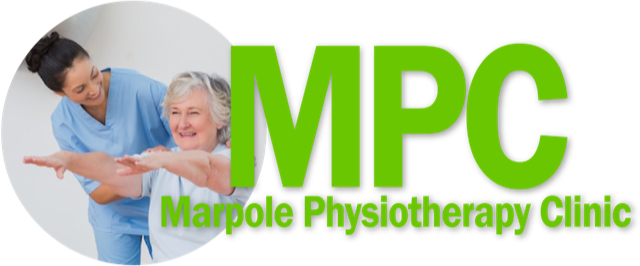Chronic Disease Education
Acute Condition Education
Working with your Family Physician
Working with Allied Care Providers
Osteoarthritis

Knowledge is Power.
True/False - Quiz: Do You Understand Osteoarthritis?
Information - Osteoarthritis
 Osteoarthritis (OA) is the most common type of arthritis, affecting millions of people worldwide. Often affecting people in their 50s and 60s, OA is caused when the cartilage on the ends of the bones wears down. Often, the bones rub against each other, causing pain and swelling.
Osteoarthritis (OA) is the most common type of arthritis, affecting millions of people worldwide. Often affecting people in their 50s and 60s, OA is caused when the cartilage on the ends of the bones wears down. Often, the bones rub against each other, causing pain and swelling.
Osteoarthritis Symptoms
Osteoarthritis is most common in the joints of the knees, hips, hands, fingers, neck and spine, although it can affect any joint in the body. OA can even occur in the back, and then it’s also known as degenerative disc disease. Osteoarthritis symptoms include pain, stiffness and swelling in joints, especially when getting up in the morning. If your OA is severe, you may feel pain for the entire day, or lose your ability to use the joint. Pain and stiffness in the hands and loss of grip strength and dexterity are common, making it challenging to open jars or grip something tightly in the hands. Osteoarthritis of the hands often runs in families. OA gets worse over time as the body grows new bone at an attempt to heal the damage. However, this results in bumps of new bone growth around the joint and the breakdown of cartilage.
Osteoarthritis Treatments
 Many individuals will not have symptoms. Others will have quite severe symptoms. If you’re diagnosed with osteoarthritis, your physician will likely refer you to a rheumatologist. The treatment for individuals varies from simple over-the-counter analgesic and anti-inflammatory agents to prescription-strength anti-inflammatory drugs.
Many individuals will not have symptoms. Others will have quite severe symptoms. If you’re diagnosed with osteoarthritis, your physician will likely refer you to a rheumatologist. The treatment for individuals varies from simple over-the-counter analgesic and anti-inflammatory agents to prescription-strength anti-inflammatory drugs.
OA medications include nonsteroidal anti-inflammatory drugs (NSAIDs), corticosteroid injections, acetaminophen and pain medications such as opioids. Along with medications to manage your arthritis, lifestyle changes can also help. Before starting off medications, you should consult your general practitioner to make sure there are no contraindications to you utilizing over-the-counter or prescription-strength analgesic or anti-inflammatory drugs. While OA can’t be reversed, it can be effectively treated.
An exercise and stretching program can be great for mobility and flexibility. Your rheumatologist may also recommend that you lose weight to reduce the burden on your joints. Even five or ten pounds of weight loss significantly reduces the strain across a weight-bearing joint, and can improve pain and reduce the need for joint replacement in the future.
Talk to your rheumatologist if you'd like more information on osteoarthritis.
Visit HealthChoicesFirst.com for more videos and resources on arthritis.
Print this Action Plan and check off items that you want to discuss with your healthcare provider
-
Osteoarthritis is most common in the joints of the knees, hips, hands, fingers, neck and spine, although it can affect any joint in the body.
-
Osteoarthritis symptoms include pain, stiffness and swelling in joints, especially when getting up in the morning. If your OA is severe, you may feel pain for the entire day, or lose your ability to use the joint.
-
Even five or ten pounds of weight loss significantly reduces the strain across a weight-bearing joint, and can improve pain and reduce the need for joint replacement in the future.
-
Many individuals will not have any osteoarthritis symptoms. Others will have quite severe symptoms.
-
OA medications include nonsteroidal anti-inflammatory drugs (NSAIDs), corticosteroid injections, acetaminophen and pain medications such as opioids.
